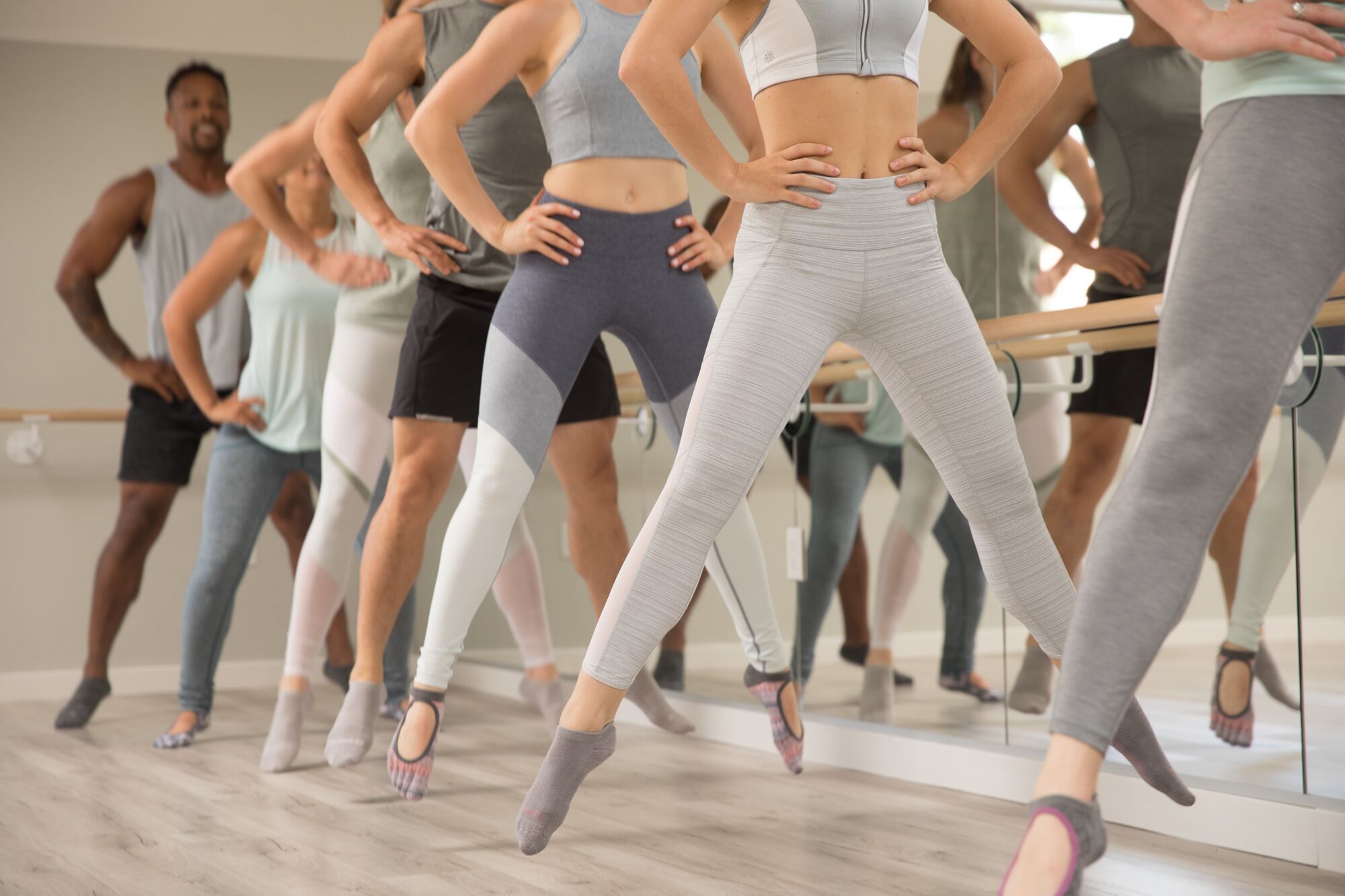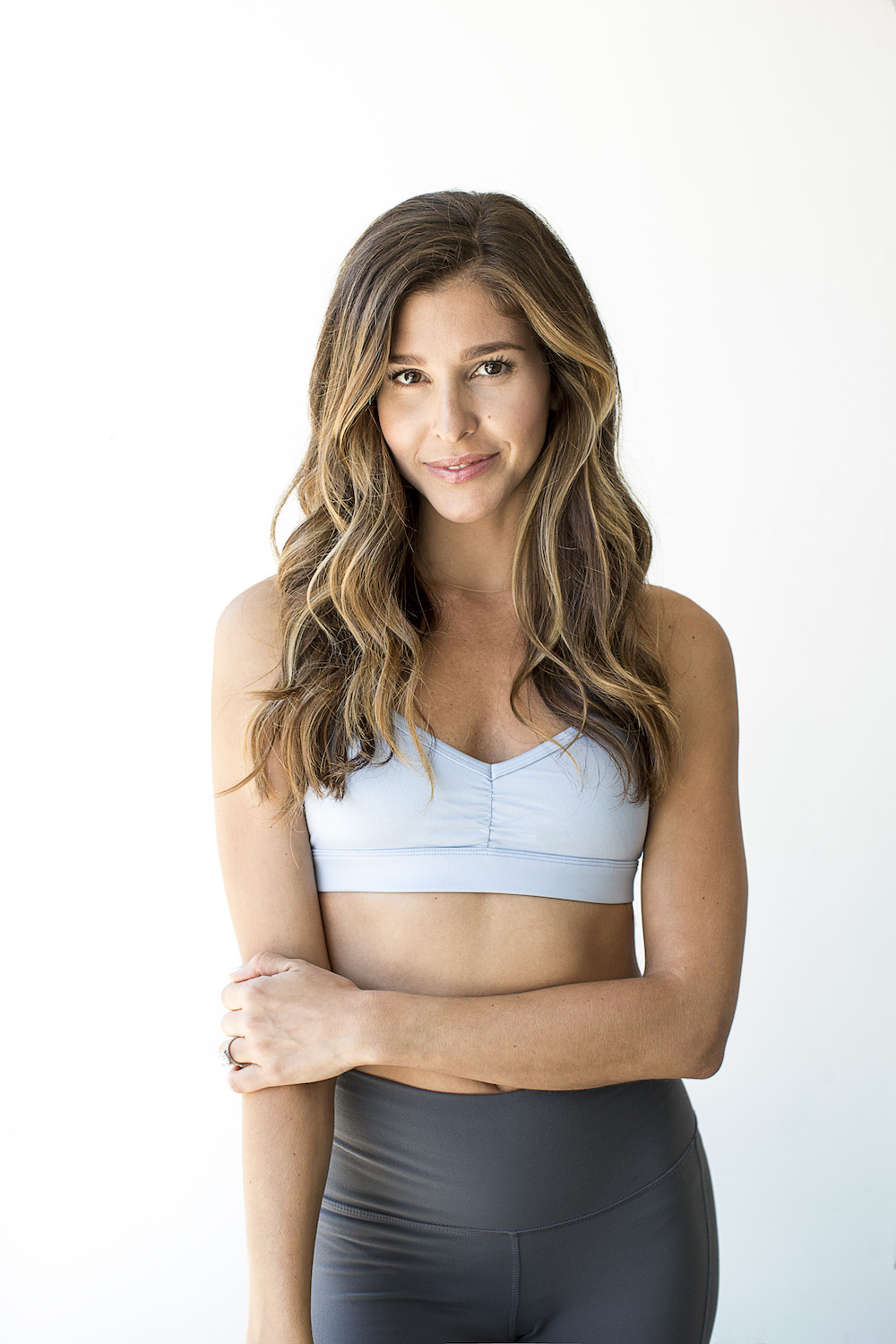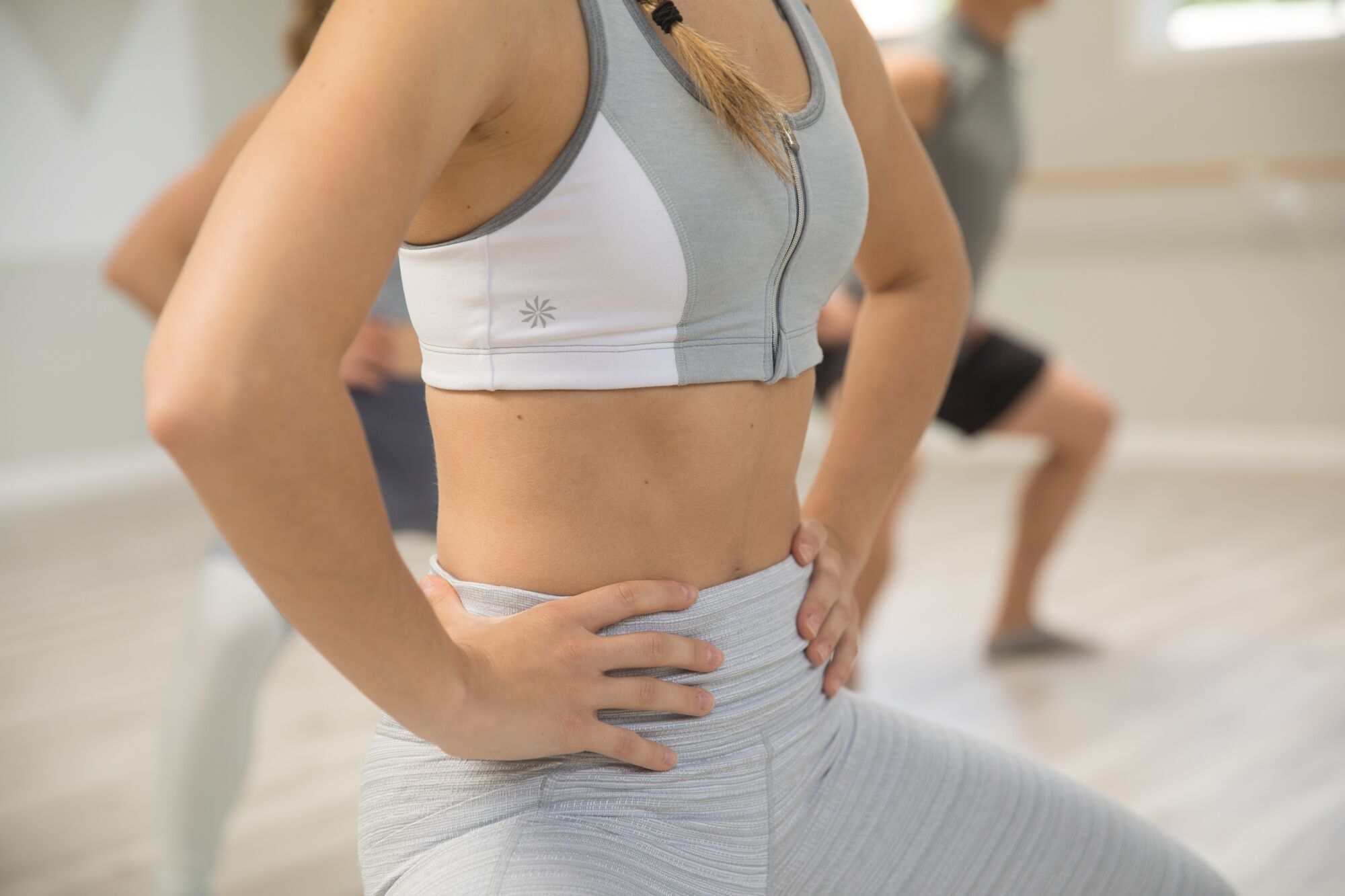
The first week of January is when exercise is on everyone’s minds. Whether you signed up for an Equinox membership or finally got ClassPass, working out is suddenly on the agenda. One type of class that is wildly popular these days? Barre. From The Dailey Method to Pop Physique, barre studios have popped up all over the city. However, Elaine Hayes, the founder of the gorgeous SoMa fitness center, MNTStudio, has noticed that some barre classes are putting many people at risk for injury. “Traditional barre workouts emphasize the ‘tuck’ as a way to access the gluteal muscles and engage the abdominals,” Hayes explained to Haute Living in an email. “This certainly is effective at helping a novice learn to engage his/her glutes, but it leads to an imbalance in the musculature of the pelvis and back.” Too much tucking could lead to long term back or neck pain, poor posture, and overly tight hip flexers—all things that one isn’t looking for when they enroll in a barre class.

Hayes believes that with a little savvy know how barre enthusiasts can strengthen the body without putting the spine at risk. “By maintaining a neutral spine during exercise, proper posture is reinforced as the proper muscles are strengthened,” Hayes says. “Furthermore, the deep core muscles can be better accessed once the overly-dominant hip flexors are released, which can lead to better results, reduced back pain, and an overall better sense of wellbeing.” So how do you make the most of your barre workout? Here are three crucial moves she uses in MNTStudio classes to help students find neutral spine and work the deep core muscles and glutes.
1. Find Neutral Spine
Lie on your back with your knees bent and feet planted hip-width apart. Place the heels of your hands on your hip bones, with your fingertips pointed towards your pubic bone, forming a triangle between your hands. Inhale to prepare, as you exhale, close all the space between your low back and the mat. This is called ‘imprint’ or a ‘tuck.’ Notice how your triangle between your hands is now tipped towards your belly button. Now, do the opposite, and find space underneath your lower back. Notice how your triangle is now tipped towards your feet. Now, find someplace in the middle. Imagine if you had a marble in that triangle, it wouldn’t roll anywhere. That is neutral spine!
 2. Work the Deep Core
2. Work the Deep Core
Maintaining neutral spine, take your hands behind your head. Without collapsing that small air pocket underneath your low back, curl your head, neck, and shoulders up into a crunch. Stay lifted in this position and pulse up, imagine like you’re trying to press your chest onto the ceiling. Repeat 20-30 times. Bonus: try this with your legs lifted in tabletop for extra challenge.
3. Work the Gluteal Muscles
Come to a standing position and find a surface that is about hip-height. You could use a kitchen counter or a chair. Now, place your forearms on the surface and fold forward, with your feet directly under your hips. Begin by softly bending both knees, now lift your right foot off the floor and reach your right leg back and up. Pulse your right leg up 20 times. Now, holding the leg up, bend and stretch the knee 20 times. Hold the knee bent and pulse the leg up towards the ceiling 20 times. Finally, keeping that leg lifted, pulse down on the standing leg 20 times. Repeat on the second side.




















